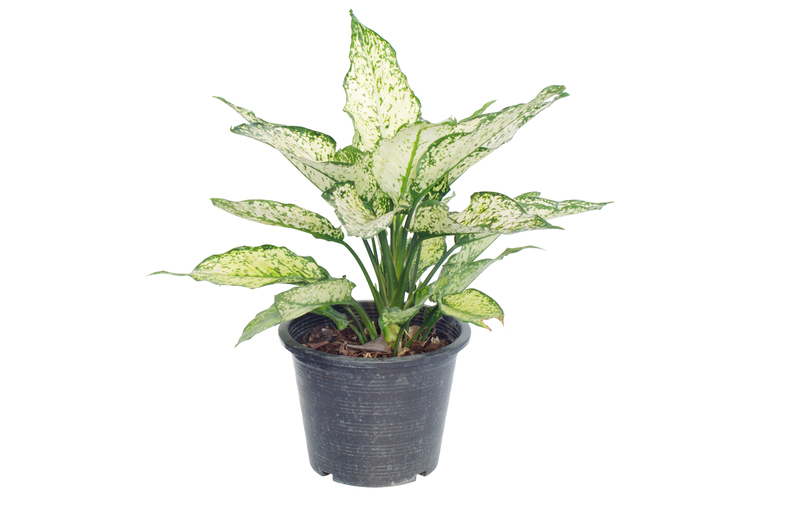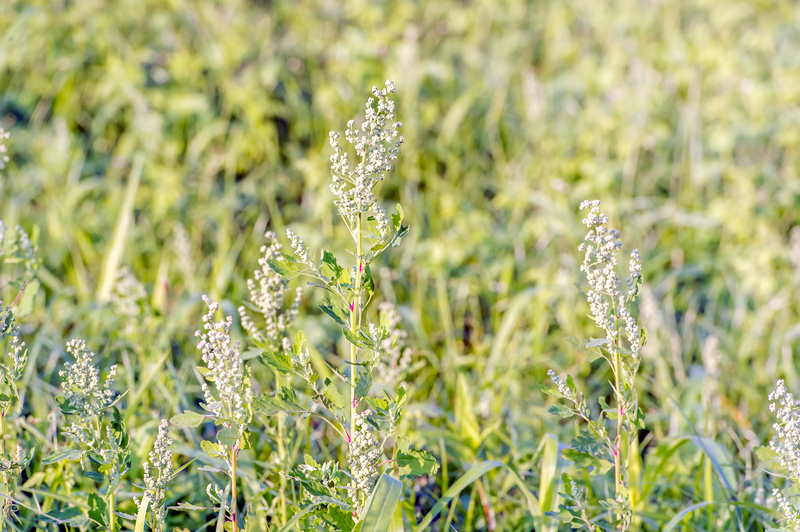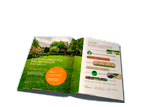Designing a Flexible Garden Space
Posted on 09/08/2024
Designing a Flexible Garden Space is an exciting venture that can transform your outdoor area into a functional, aesthetically pleasing sanctuary. Incorporating flexibility in your garden design ensures that your garden can adapt to your changing needs, whether you're hosting a gathering, practicing yoga, or simply enjoying a quiet afternoon.
Choosing the Right Plants
When designing a flexible garden space, choosing the right plants is crucial. Opt for perennial plants that return year after year, eliminating the need for replanting. Incorporating a mix of shrubs, flowers, and ground covers can add texture and color. Additionally, consider native plants that are well-suited to your local climate and soil conditions, reducing the need for constant maintenance.

Creating Multi-Functional Zones
A flexible garden should include multiple zones that cater to various activities. Designate areas for relaxation, dining, play, and gardening. Use hedges, trellises, or even portable screens to create distinct spaces without using up too much room. Having these separate zones will allow you to host parties, have a quiet space for reading, and let your kids play, all within the same garden.
Incorporating Movable Furniture
Investing in high-quality, movable garden furniture can significantly enhance the flexibility of your garden space. Choose items that are lightweight yet durable, making it easy to reconfigure the layout according to your needs. Folding chairs, wheeled tables, and stackable stools are practical options that can be easily stored when not in use.
Using Containers and Raised Beds
Containers and raised beds offer a versatile solution for planting, allowing you to change the garden layout as required. They make it easier to manage soil quality and drainage and are perfect for growing vegetables, herbs, or decorative plants. Raised beds can also add a structured aesthetic to your garden while making it accessible for people with mobility issues.
Lighting and D?cor
Appropriate lighting can significantly enhance the usability and ambiance of your garden space. Consider solar-powered lanterns, string lights, or even LED pathways for an eco-friendly option. Incorporate d?cor items like cushions, outdoor rugs, and garden statues to add personality, and ensure these items are weather-resistant for longevity.
Water Features and Irrigation Systems
Adding a water feature such as a pond, fountain, or birdbath can bring tranquility and a sense of luxury to your garden. Ensure it is installed in a way that complements the overall design and doesn't obstruct mobility or functionality. Additionally, an efficient irrigation system will save you time and effort in maintaining your garden, making it more enjoyable.
Pros and Cons
Pros:
- Adaptability: A flexible garden can easily be modified to suit different needs and occasions.
- Aesthetic Appeal: Offers an eye-catching, versatile environment.
- Increased Usability: Multiple zones enhance the functionality of the garden.
Cons:
- Initial Cost: Investment in high-quality, durable items can be expensive.
- Maintenance: Requires regular upkeep to maintain its flexibility and beauty.
- Space Limitation: In small gardens, creating zones might be challenging.
Tips
- Plan Ahead: Sketch your garden layout before making any purchases.
- Start Small: Focus on one zone at a time to make the project manageable.
- Choose Versatile Plants: Select plants that adapt well to various conditions.

Takeaways
Designing a flexible garden space involves strategic planning, right plant selection, and using multi-functional zones and movable furniture. It requires an initial investment but offers long-term benefits such as adaptability and increased usability.
Conclusion
Designing a flexible garden space provides the perfect blend of functionality and aesthetics, making your outdoor living area a true extension of your home. By carefully planning and investing, you can create a dynamic, adaptable environment that meets your evolving needs and preferences. With the right approach, even a small garden can offer endless possibilities.





 Certified and experienced landscapers
Certified and experienced landscapers




 Get a Quote
Get a Quote